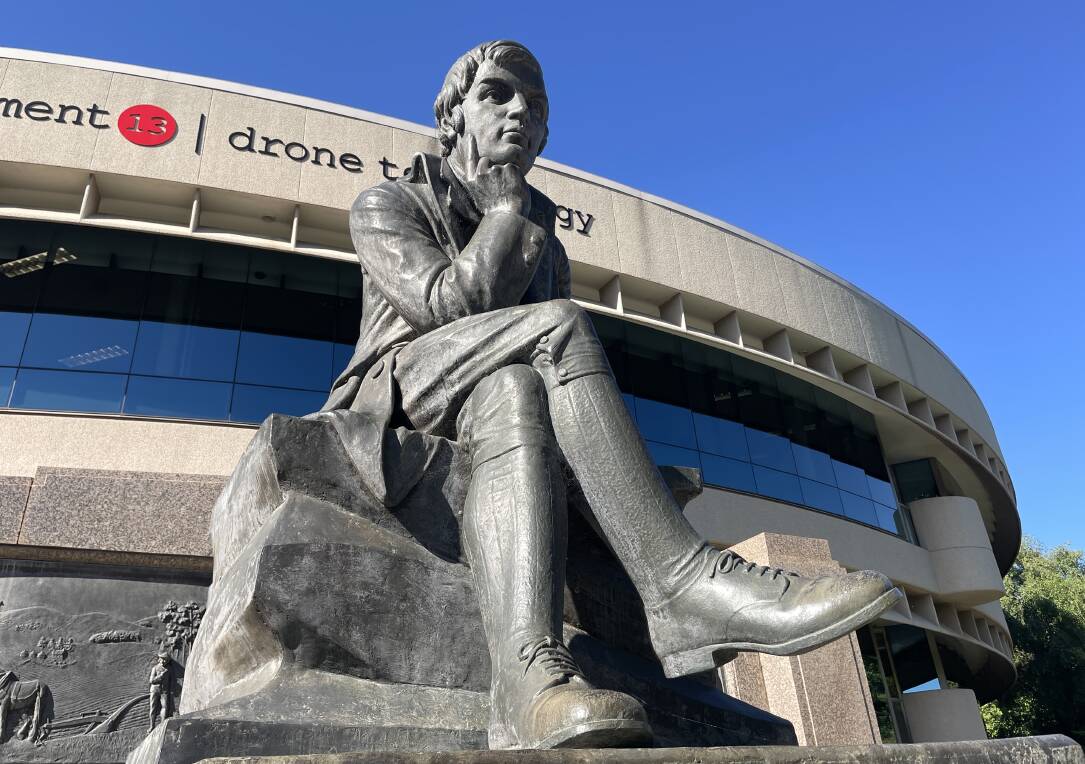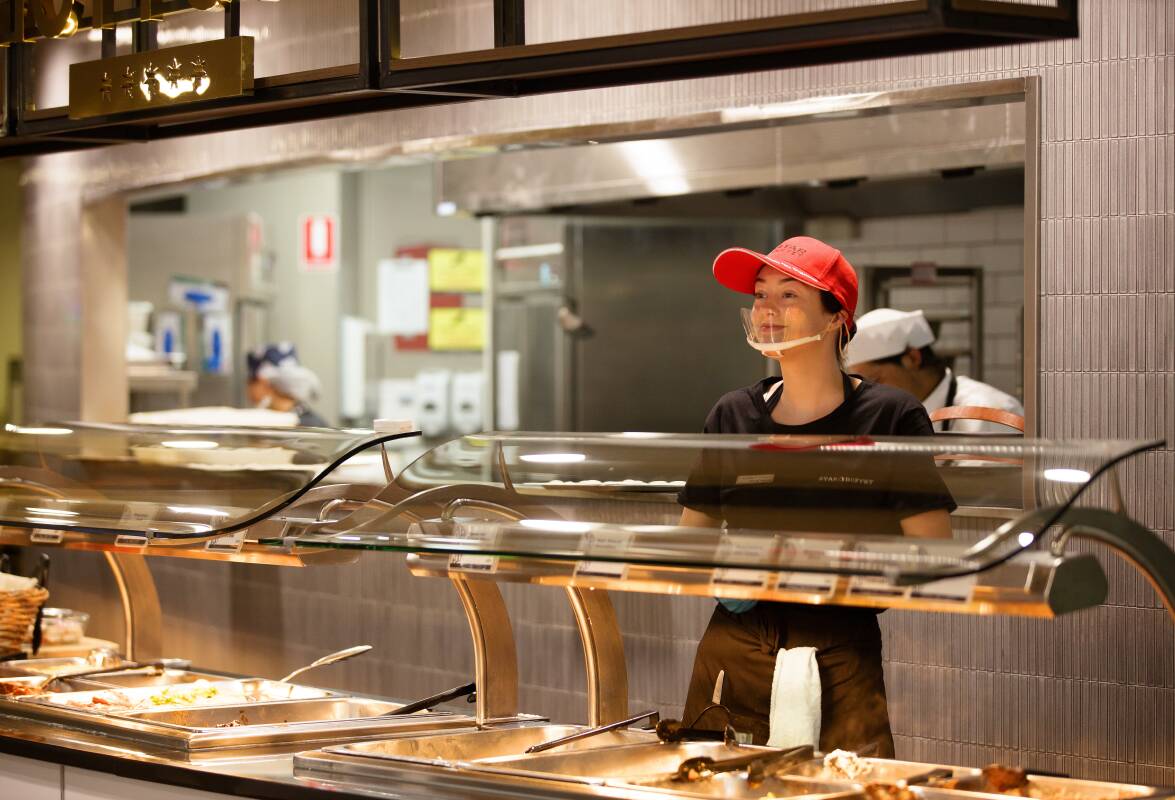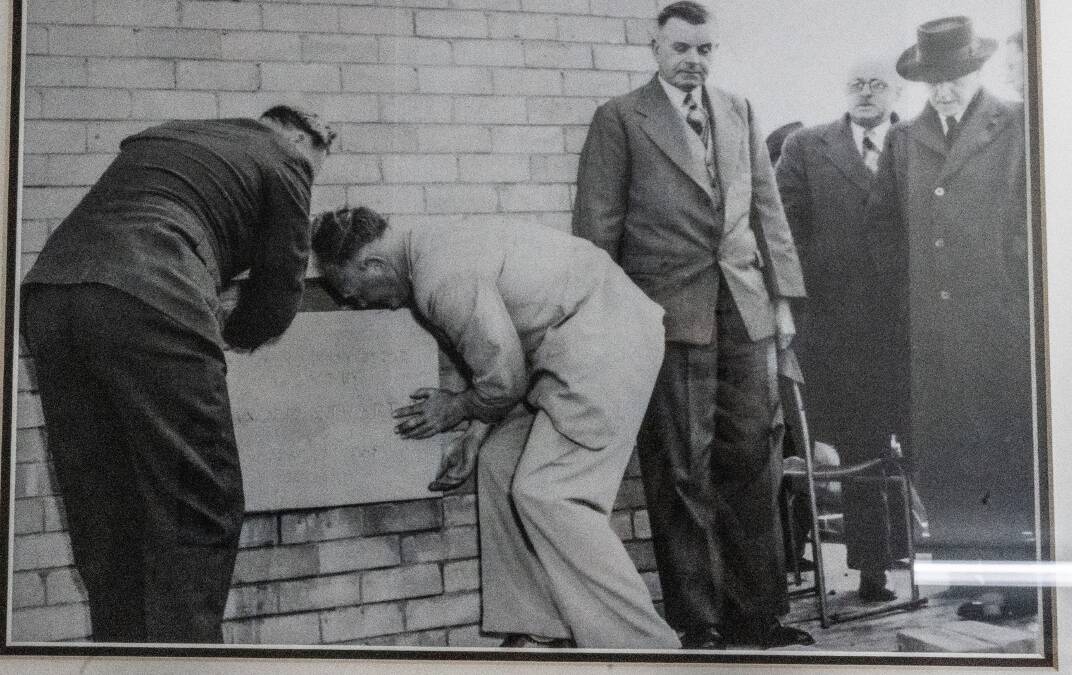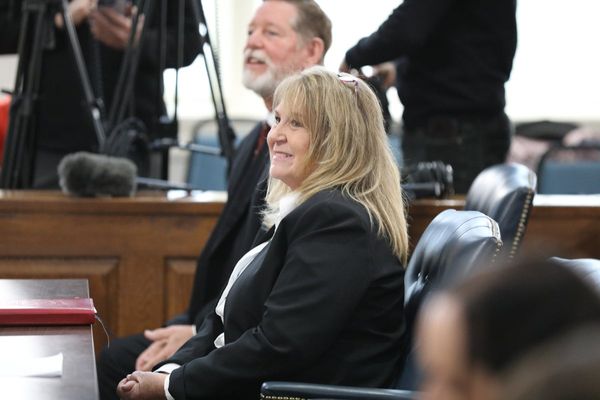"Good old Scottish resilience", a penchant for reinvention and an all-you-can-eat buffet are some of the major factors behind the continuing success of the Canberra Burns Club, which this year celebrates 100 years, making it the oldest club in the national capital and the second-oldest business, after the Cusack's furniture shop.
The club formed on October 13, 1924, reflecting the large number of Scots in the young national capital at the time. The club members funded a statue of the Scottish poet and club namesake Robert Burns which was opened on the corner of Canberra Avenue and National Circuit in Forrest in 1935 at a function attended by then prime minister, Joseph Lyons. After years of meeting wherever they could, the club members opened their first permanent facility in 1957 in Forrest, behind the Burns statue.
The club moved to Kambah in 1991, added The Star Buffet as a "game-changing" tenant in 2015 and, last year, bought the Belconnen Magpies golf course and clubhouse in Holt, setting itself up for a second flagship Burns Club on the doorstep of the fast-growing Ginninderry and Whitlam suburbs.

Canberra Burns Club president Athol Chalmers said many special events and celebrations were planned for the centenary year, including an exhibition of memorabilia at the Canberra Museum and Gallery, a major darts tournament and also Highland Games at the oval across from the club on the anniversary weekend in October.
He wanted the year to highlight the importance of the Burns Club to Canberra.
"In 1924, there were about 3000 people in Canberra, about 1400 of those were building the city and a big part of that 1400 were Scots who were brought out here to build it," Mr Chalmers said.
"Those Scots decided to form a club to keep their culture alive and their traditions alive - the Canberra Burns Club was born out of that."

The statue of Robert Burns remains on site in Forrest, the old club now replaced by office buildings. It is the second oldest statue in Canberra, after Sir Bertram Mackennal's sculpture War, better known locally as Bellona, the Roman goddess of war, which was displayed outside the Albert Hall for many years, but now stands in the grounds of the Australian War Memorial.
The Burns Club has survived the Depression, World War Two and a significant downturn in business in the 1980s due to competition from other clubs.
"[The secret to its success] I think it's probably a mixture of good old Scottish resilience and tough DNA - the Scots are pretty hard to knock down really," Mr Chalmers said.
"But I think the club's just really reinvented itself every 30 or 40 years, recognising that something had to change."

Mr Chalmers said that included the move to Kambah more than 30 years ago at a time when it was the fastest-growing area of Canberra.
"When they left Forrest they had 300 members but in a few years they had 14,000 members," he said.
Similar thinking was behind last year's purchase of the second club facility in Belconne's rapidly expanding north-western suburbs.
The Burns Club now has a record more than 35,000 members, the growth due in no small part of the addition of the all-you-can-eat The Star Buffet in 2015 as a tenant at a time when the club's growth had stagnated. The buffet now serves between 3000 and 5000 meals a week.
"That saved the place," Mr Chalmers said.
Mr Chalmers said the club had also grown beyond its Scottish roots, with a multicultural membership.
"I'm hoping by the end of the year a lot of Canberrans will know about the Burns Club, will know the contribution its made to this city and hopefully come to one of our venues and enjoy the hospitality," he said.








